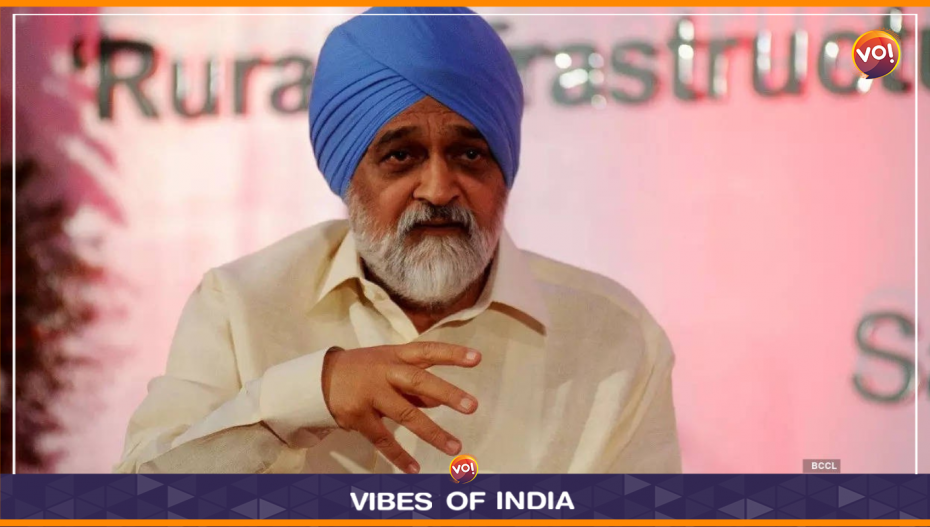Montek Singh Ahluwalia, an economist and a former deputy chairman of the former Planning Commission, spoke at the 17th convocation of the Centre for Environment Planning and Technology (CEPT) University in Ahmedabad on Saturday, he said there is a need to hugely expand non-metro cities in India, and state governments will have to strive to provide “livable” cities if they want to attract investment and talent pool.
Addressing the graduating students of Ahmedabad-based CEPT University, which focuses on designing, planning, constructing and managing human habitats, the former civil servant said that the impact of global warming will have to be taken into account while designing buildings for the future.
He said “City planning is going to become very crucial because we can’t go down building metropolitan city routes. If you look at the numbers, the density of cities like Delhi, Mumbai and Bengaluru is much higher now than in most cities in the West, and the idea that all these new urban people are going to move into the existing metropolises is quite wrong”. “The pace of urbanisation in India, he said, is accelerating with rising income levels and the need for the quality of housing to be created is probably larger than anywhere in the world. The next layer of cities in India needs to expand hugely.”
Ahluwalia said “technology has allowed people to disperse offices that can be seamlessly connected. We need to look into much greater expansion of non-metropolitan plus second-tier cities in India, which is entirely in the hands of state governments.” The Central government can help by providing some money, but the impetus has to come from the state governments Ahluwalia said that the solution to get people to think about cities is in having more states, because “the only time that people are willing to think big about the city is when a new state capital has to be created”.
“Maybe the solution lies in actually having more states,” he said. Architects are in the best position to convey to people what is possible and city planners and regulators are well positioned to design regulations that force people to do “these things”, he said. Over the next 20 years, in all probability, the average growth of the population will only be about 0.6 per cent, he said.
“If GDP (gross domestic product) grows at 7.5 per cent, per capita income will grow at 6.9 per cent. Compared to our youth when per capita income was growing at less than 1.5 per cent… When we were younger, it would have taken 45 years for per capita income to double. And for you, it will take 10,” he told the graduating students. Because of this, “structural change will occur four times faster than it occurred in our time… Along with change in structure of production comes change in applied technology,” he said.
Also Read: Alka Yagnik Becomes 2022’s Most Streamed Artist On YouTube












